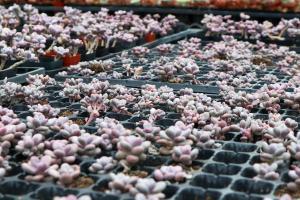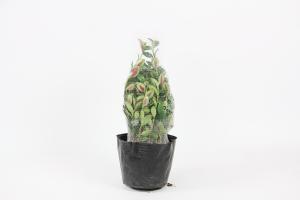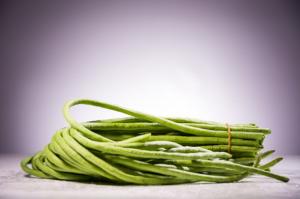How Often Should You Water Indoor Plants in the Winter?
Winter is a challenging time for indoor plants because the climate indoors can be dry and cold. The most common mistake that people make during this season is overwatering their plants. Winter sunlight is limited, and the reduced humidity levels in your home can cause plants to dry out faster than usual. Because of this, you must pay closer attention to your plants’ watering needs. Below are some tips on how often you should water indoor plants in the winter.
Check the soil
The first thing you should do when determining whether or not to water your indoor plants is to check the soil. Stick your index finger into the soil about an inch deep. If the soil feels dry, it’s time to water. If it still feels moist, wait for a few more days or a week before you water again. Overwatering will likely result in root rot, which is harmful to plants.
Consider plant type
Each plant has different water needs based on the species, pot size, and environmental factors. Some indoor plants require frequent watering while others can thrive with minimal watering. For example, succulents and cactus plants can store water in their leaves or stems. They generally require less watering than plants with regular foliage. Similarly, plants that are inactive or dormant during the winter usually need less water than actively growing plants. Do some research to determine your plants’ specific watering needs.
Watch for Signs of Overwatering and Underwatering
Overwatering and underwatering can both harm your indoor plants. Overwatering can lead to root rot and fungus growth, while underwatering can stunt plant growth and cause leaves to wither. To determine if your plant has too much or too little water, look for specific signs. Overwatered plants usually have yellowing leaves, soft mushy stems, and a musty odor. Underwatered plants have dry, brittle leaves and may appear wilted.
Be Mindful of the Temperature and Humidity Levels
During the winter, indoor plants are often subjected to lower temperature and humidity levels. Dry air can cause plants’ soil to dry out more quickly than usual. Make sure to monitor your home’s temperature and humidity levels and make adjustments as needed. For example, running a humidifier or positioning plants away from heat sources like vents and radiators can help maintain a healthy environment for your indoor plants.
Final Thoughts
Watering indoor plants in the winter requires a bit more vigilance than during other times of the year. It’s essential to be mindful of your plants’ specific needs, and to check for signs of overwatering and underwatering regularly. By following these tips and staying attuned to your indoor plants’ needs, you can ensure that they thrive through the winter months and emerge healthy and happy in the spring.

 how many times do yo...
how many times do yo... how many planted tre...
how many planted tre... how many pine trees ...
how many pine trees ... how many pecan trees...
how many pecan trees... how many plants comp...
how many plants comp... how many plants can ...
how many plants can ... how many plants and ...
how many plants and ... how many pepper plan...
how many pepper plan...































